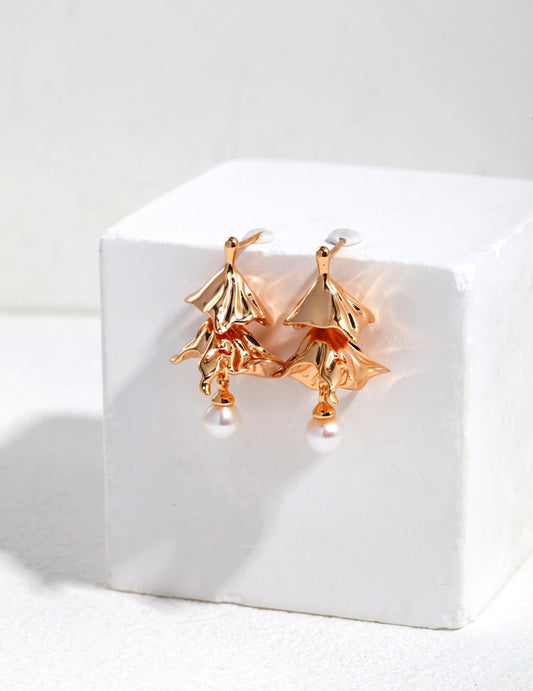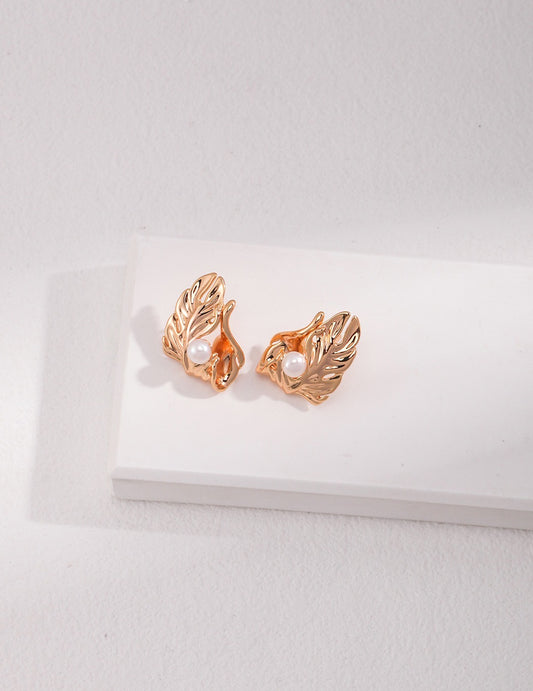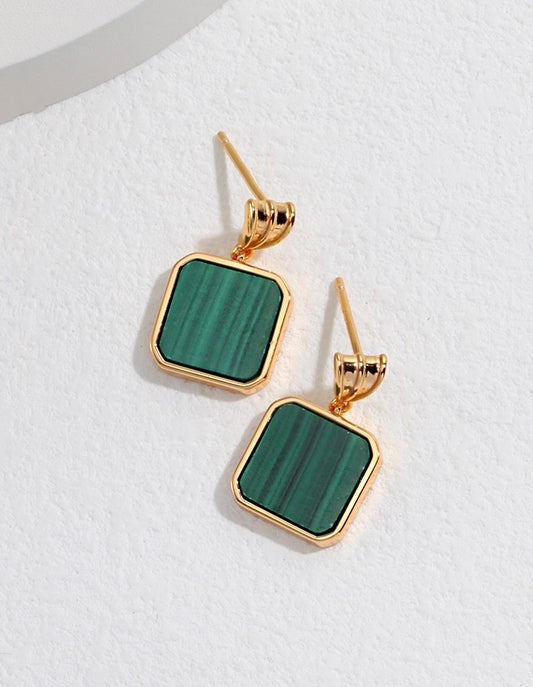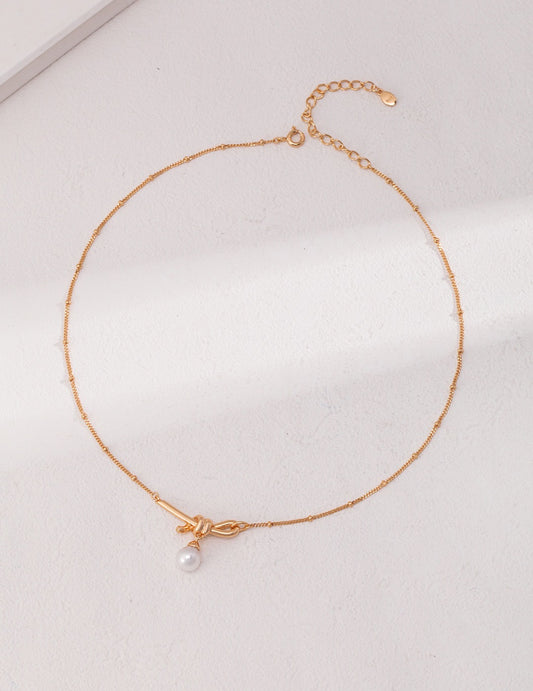Identifying real freshwater pearls involves examining several key characteristics. Here are some methods you can use to determine if a pearl is real:
1. Surface Texture Test (Tooth Test)
- Real Pearls: When rubbed gently against your teeth, real pearls feel gritty or sandy due to the natural nacre layers. Therefore, you may see that Estincele pearl jewelry has an irregular surface, as it is made of natural freshwater pearls.
- Fake Pearls: Imitation pearls tend to feel smooth or slippery.

Pearl jewelry collection (from Estincele)
2. Magnification Examination
- Real Pearls: Under magnification, real pearls show a grainy or scaly surface due to their nacre layers.
- Fake Pearls: Fake pearls often have a smooth, glass-like surface or show uniform texture.
3. Shape and Size
- Real Pearls: Freshwater pearls often have irregular shapes and slight imperfections. They can be off-round, baroque, or oval.
- Fake Pearls: Fake pearls tend to be perfectly round and uniform in size.
Fairy's Treasure Pearl Earrings (natural freshwater pearls)
4. Luster
- Real Pearls: Real freshwater pearls have a deep, complex luster with subtle depth and slight iridescence.
- Fake Pearls: Fake pearls often look shiny but lack the depth of luster seen in real pearls.
5. Drill Holes
- Real Pearls: The drill holes in real pearls are usually smaller and show nacre layers.
- Fake Pearls: The drill holes in fake pearls often show peeling or flaking and may reveal the glass or plastic bead inside.
Seashell pearl earrings (18k gold plated on S925 silver, with pearls)
6. Weight
- Real Pearls: Real pearls are generally heavier than fake ones of the same size due to the density of nacre.
- Fake Pearls: Fake pearls are often lighter.
7. X-ray or Gemological Testing
- Real Pearls: Professional testing with X-rays can reveal the internal structure, showing concentric layers of nacre in real pearls.
- Fake Pearls: Imitation pearls will not show these natural layers.
8. Temperature Test
- Real Pearls: Real pearls feel cool to the touch when first picked up and warm up against the skin.
- Fake Pearls: Fake pearls tend to feel room temperature from the start and do not change temperature as quickly.
9. Price
- Real Pearls: Authentic freshwater pearls can be quite expensive, depending on their quality, size, and luster.
- Fake Pearls: Imitation pearls are usually much cheaper.






